Where Credit is Due
Jean Ritchie, Bob Dylan, and How Appalachia Gets Left out of the otherwise beautiful film A Complete Unknown
To begin, a disclaimer: I love Bob Dylan and I love the new film, A Complete Unknown. What follows is not meant to negate either, but it is meant to critique the way Appalachia, Appalachian people, and women so often get cut out of the narrative.
A Complete Unknown, directed by James Mangold (Walk the Line, Girl Interrupted) and starring Timothėe Chalamet (Bob Dylan), Edward Norton (Pete Seeger), Elle Fanning (Sylvie Russo, a fake name, but based on Dylan’s girlfriend at the time, Suze Retolo), and Monica Barbaro (Joan Baez), covers the period from when Dylan first arrives in NYC and makes his debut album to when he controversially goes electric at the 1965 Newport Folk Festival. One of the best things about the film is that it doesn’t try to be one of those biopics that tells a whole life story. Instead, it is more like a memoir, delving into one pivotal and defining time in an artist’s life. It’s concisely told and thematically sound in a way that not only tells us something about this period in the artist’s life but also manages to use this one period to deliver the larger message about the artist’s whole life: he was true to his art, no matter what.
So, I do not expect the film to cover every aspect of Dylan’s life in any way. Anyone who knows much about Dylan and music at the time will understand that there are composites (the blues musician Jesse Moffat is not real and is likely an amalgamation of all the Black artists who had a profound impact on Dylan’s life), and that sometimes time is compressed, that there are speculations (the conversations between all the characters, for example) and complete fabrications to serve the story (Cash was not at the ‘65 festival and therefore could not have given Dylan the pivotal pep talk; Guthrie never gave Dylan a harmonica; Dylan never appeared on Seeger’s TV show, etc.).
But there is an omission that is troubling to me for two main reasons. First of all, because its inclusion could have made the film better and more layered. And secondly, because it’s another instance of an Appalachian—and a woman—being completely cut out of the narrative despite having a major impact on the story and the themes. Jean Ritchie is never mentioned and does not appear at any point in the film.
Jean Ritchie is from Eastern Kentucky. Her family, who sang and preserved songs, are one of the main reasons that dozens, if not hundreds, of songs have survived. She popularized the dulcimer, which later went on to become parts of the acts of Joni Mitchell, Cyndi Lauper, Sarah McLachlan, and others. When she left home to go work at the Henry Street Settlement School in New York City, Ritchie took her music and culture with her. When others heard her singing at work they encouraged her to start playing in some of the coffee shops and bars in Greenwich Village. She did and she is widely credited as being one of the first to do so. She was so instrumental in the Folk Movement of the late 1950s and early 1960s that she is known as “the Mother of Folk”. She was one of the architects of the Newport Folk Festival, being one of the seven original directors of the gathering, beginning in 1959.
But she started popularizing folk music in New York City as early as 1948 (when Bob Dylan was seven years old) along with Guthrie, Max Brand, Seeger, and Alan Lomax (also featured prominently in the film). By 1949 she was a regular on WNYC, where she shared the Appalachian songs preserved and arranged by her family in Viper, Kentucky. By 1951, a full decade before Dylan ever pursued singing, she was signed to Elektra Records and began releasing albums that served as the foundation for the folk music revival that would explode and reach full commercialization within the next two decades. Artists such as Dylan, Baez, Dolly Parton, Judy Collins, Emmylou Harris, Kathy Mattea, Joni Mitchell, and others have all cited her as a major influence. Baez once said this of her: “As the ‘Mother of Folk,’ Jean is a living museum of impeccably rendered songs passed down from singer to singer, influencing and inspiring generations.” By the 1950s Ritchie was probably the most visible Appalachian in the world, regularly appearing on radio and television to talk about the importance of her culture. In 1955, NBC News even went to her family’s home in Kentucky to examine Christmas traditions of the Appalachian people.
Because of her high, sweet voice many sometimes thought that Ritchie was a timid, fainting presence. She was anything but. She was fierce, keenly intelligent, formidable, and she never minded letting people know what she thought. And when she heard “Masters of War”, one of Dylan’s most popular and endearing songs on the 1963 album The Freewheelin’ Bob Dylan, the recording that first made him a national sensation, she let him know how upset she was that he had used her family’s melody for the arrangement of the song “Nottamun Town” without giving her or them songwriting credit. “Nottamum” is a phonetic distortion of the place name Nottingham and the song most likely originated as part of a mummer’s play She first recorded “Nottamun Town” almost a decade before Dylan released “Masters of War”. The song itself was first documented by the most famous songcatcher ever, Cecil Sharp, during one of his trips to visit the Ritchie Family in Eastern Kentucky in 1917. While the words had existed in many forms before that, the melody of the song was created by the Ritchie Family and further fine-tuned by Jean Ritchie herself. Yet Dylan gave her zero credit for the creation of the song even after he knew she was responsible for it. He is one of our greatest songwriters and artists and I love his music (Desire is among my top five favorite albums). But that doesn’t mean I cannot or should not criticize artists I love, and I wish he had done a better job of rectifying this oversight and of respecting her.
Dylan had heard the singer Jackie Washington perform “Nottamun Town” at Gerde’s Folk City (a venue featured prominently in the film). Washington had learned it directly from Ritchie. [This is detailed in the book Baby, Let Me Follow You Down by Eric von Schmidt and Jim Rooney]. Dylan’s lyrics are completely different, yet in a recording by Lomax in 1963, Dylan never acknowledges that the music was written by Ritchie, instead claiming he wrote it in Putney, England. He likely is referring to the lyrics (which he did write) but when a songwriter says he “wrote” a song this should also mean that he wrote both the lyrics and the music.
Now this is where things get a bit complicated for some (but not really), because this is folk music, and the act of borrowing melodies is a long-established tradition in folk music. However, that tradition is usually only seen as acceptable when a songwriter’s identity is lost to time. In this case, Ritchie had recorded her own family’s arrangement with her own touches in 1951. In response, Dylan said that he did not realize that Ritchie was the author and assumed it was penned by a songwriter lost to time. Ritchie only wanted her and her family’s contributions to be known, especially once the song became widely known. Despite owing her a great deal of credit not only for this song but for the folk revival, period, Dylan turned the whole thing over to his lawyers, who eventually settled with Ritchie in exchange for $5,000 against all future royalties, according to Howard Sounes, who did extensive research as the author of Down the Highway: The Life of Bob Dylan (Ritchie also told me this version herself). This is a song that is now considered a classic and appeared on a multi-platinum album. Yet Ritchie is still not listed as a songwriter on any of the album’s materials. To their credit, many music scholars do now often acknowledge her when they write about the song. Dylan, to my knowledge, has never written about this, but does mention Ritchie in volume one of his memoirs, Chronicles, although he is keen to point out that hers was not a commercial enough sound: “The women singers in folk music were performers like Peggy Seeger, Jean Ritchie and Barbara Dane, and they didn’t translate well to a modern crowd.”
Now I am not saying that this should have been covered in A Complete Unknown. It would have been an entire subplot that would have gotten too in the weeds. However, since the film is so much about an artist choosing his art over what is commercial it is interesting that the woman who truly refused to be commodified to fit a particular commercial mode as an Appalachian singer is left out of the narrative. Instead, Dylan is deemed the great hero of artistry who will not bend to the will of producers. I acknowledge that Dylan is an original and a rebel. But I also put forth that Ritchie was the bigger rebel in her refusal to meet the whims of what a modern audience wants. She did her own thing and didn’t make a lot of money because of that and is being cut out of the narrative. Dylan did his own thing and made a lot of money for it and is the subject of a major film.
I share all of this history and opinion that is bound to anger some to make my case that Ritchie should have at least been a named character in the film, not so much because of her writing not being acknowledged as the melody for “Masters of Wars” but because she represents the huge influence Appalachia played on the folk music revival that led to the huge commercial success of artists such as Dylan (who has sold in excess of 150 million albums), and many others. She should have been a character who was used to represent that this music would not exist without Appalachian musicians, people, and culture. Although I don’t believe the movie does enough to acknowledge the influence of Black musicians and culture on Dylan’s music it does at least attempt to do that by the creation of the fictional blues musician and the presence of Odetta onstage when Dylan goes electric. But they do not even attempt to give Appalachia a real piece of the pie for the music that it helped create.
Mangold, the director and co-writer of the film, knows better. After all, his direction of Reese Witherspoon playing June Carter Cash, who took her Appalachian heritage very seriously, in Walk the Line won her an Oscar. That film also failed to recognize the role of Appalachia in the creation of country music but the research for it would have had to have made this influence hugely clear. And Hollywood knows better. But Appalachia almost always gets the short shrift in film (there are exceptions: Coal Miner’s Daughter and Matewan being the two best).
And we all know that women too often get cut out of the picture in Hollywood. Including Jean Ritchie’s formidable presence in the film could have very much helped A Complete Unknown be more complex. The movie fails the Bechdel Test (as first pointed out by my friend Jess Miles, producer of the forthcoming podcast “Mountain Laurels”, which will focus on Appalachian women), which is basically the measure of female representation in a film. To pass this test a film must have three components: it must (1) have at least two named women (2) who talk to each (3) about something other than a man. Just one scene of Ritchie and Baez discussing the way Appalachian people and culture shaped folk music as it became known in the 1960s could have given so much more complexity to an otherwise beautiful film that I enjoyed very much. Just one scene of Ritchie and Dylan talking about this influence and how important it was to shaping his sound could have provided another layer to an already layered piece of art. And by doing so it could have also paid tribute to one of the people—Jean Ritchie—without whom the career of Bob Dylan would have been vastly different.
###
Note: I have only listed the accomplishments of Ritchie that have to do with this film and its time period, but I hope people will learn more about her. This piece on the Library of Congress website offers wonderful insights into her life and includes recordings of live performances. I wrote this remembrance of her the day after she died. She was also one of the great environmental writers and activists of her time. She wrote masterpieces like “Black Waters” and “Now is The Cool of the Day”. Her album None But One was chosen as the top critics’ pick by Rolling Stone in 1977. She even helped to popularize “Amazing Grace”, especially with her iconic performance of it at the 1963 Newport Folk Festival. She remained active in the environmental justice and civil rights movement into her eighties. I was privileged to be in protest with her against mountaintop removal when we sang and spoke together in New York City in 2006. She is one of the architects of American music and should be remembered as such. She was my friend, and I loved her.
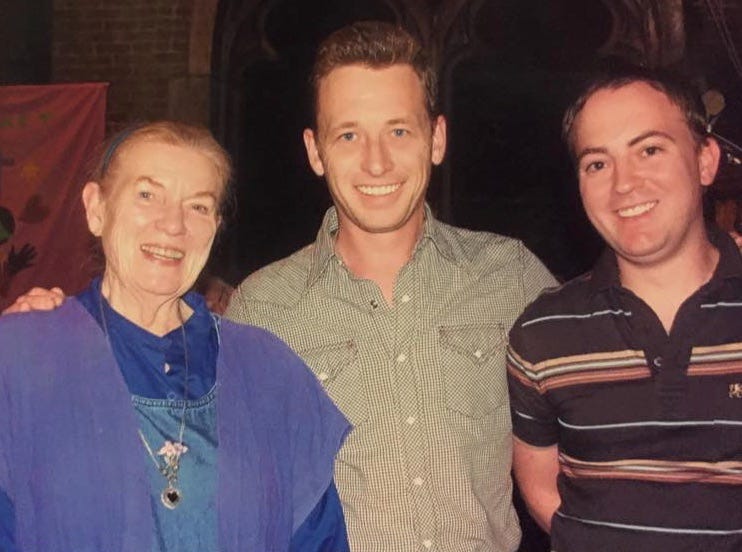
Note 2: Despite my criticism, I loved A Complete Unknown because it is a deeply moving look at the power of music and staying true to yourself as an artist. It’s one of my favorite films of the year, which I’ll be listing here soon. I think the film belongs to Edward Norton, whose performance as Pete Seeger is incredibly nuanced and powerful, but I was also impressed by Monica Barbaro as Baez. The color palette, the sound design, the cinematography, the set design, all are top-notch, making it one of my favorite films of the year. I am not a fan of Chalamet, although I know many are, so I will leave it at that.
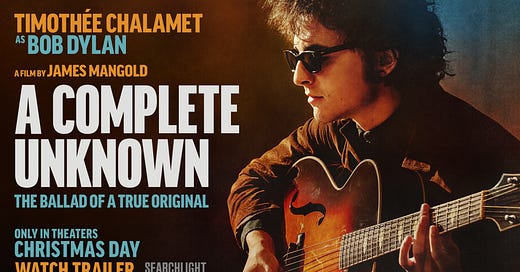



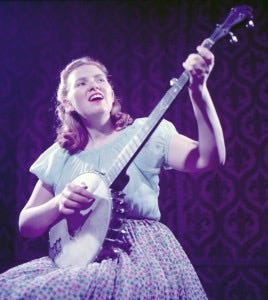
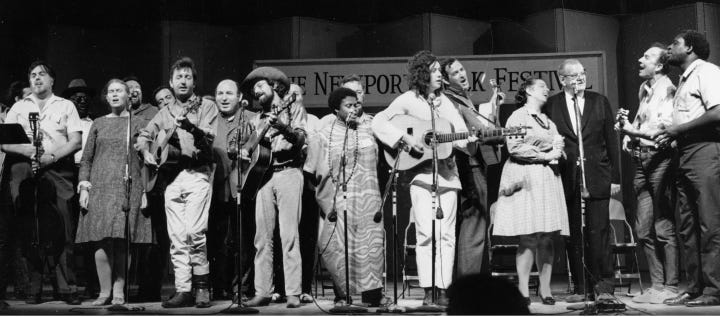
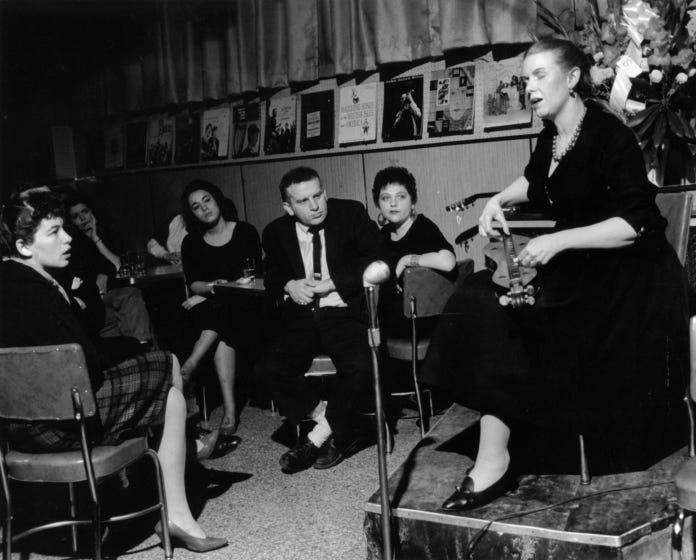
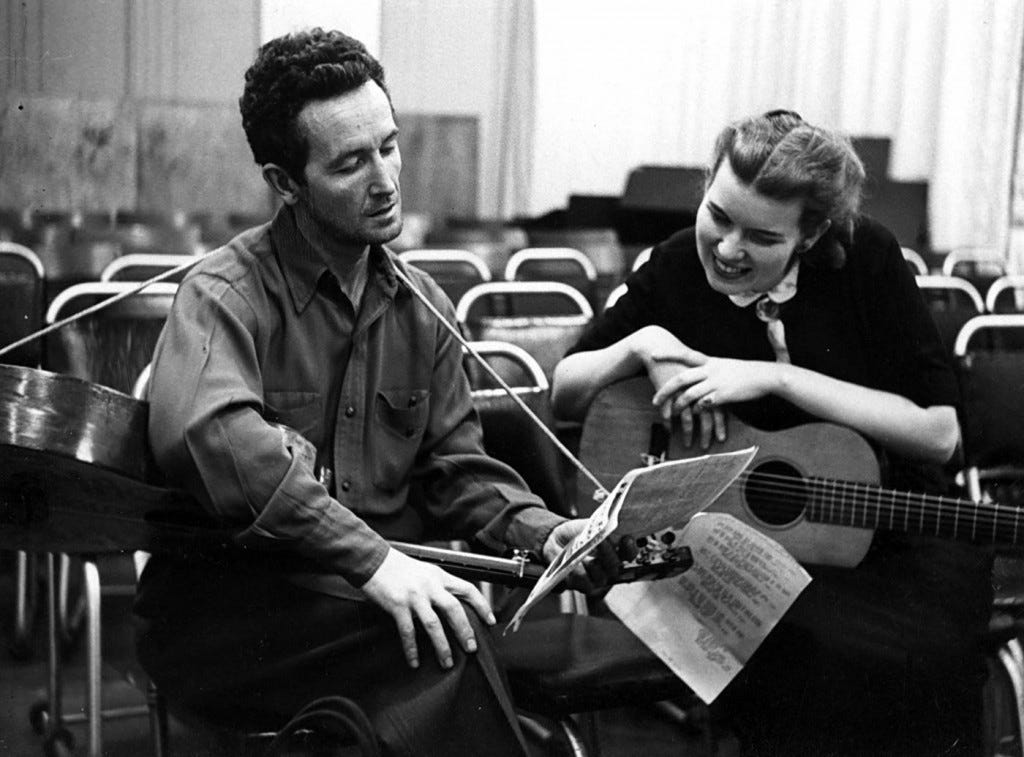
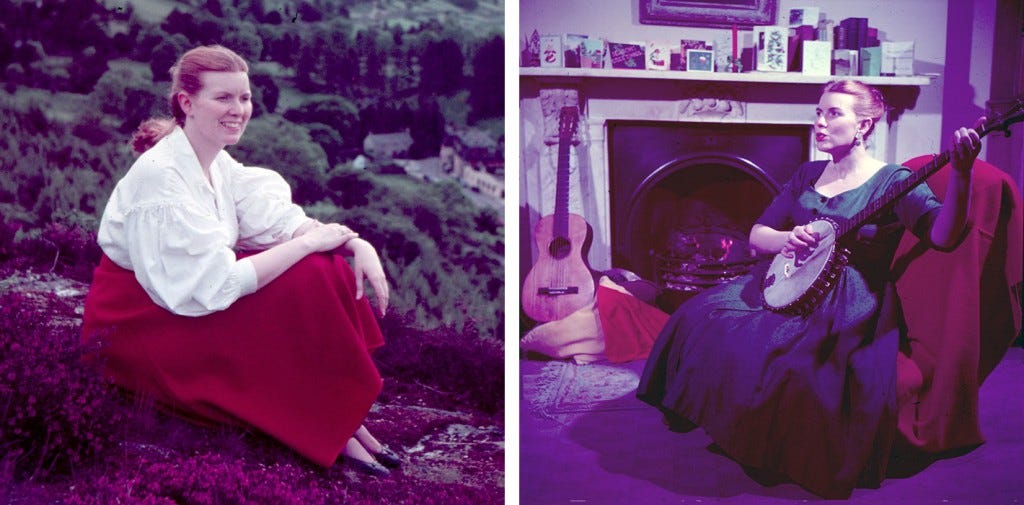
Brilliant. Simply brilliant.
An essential read for anyone who sees this movie! (And just in general.)